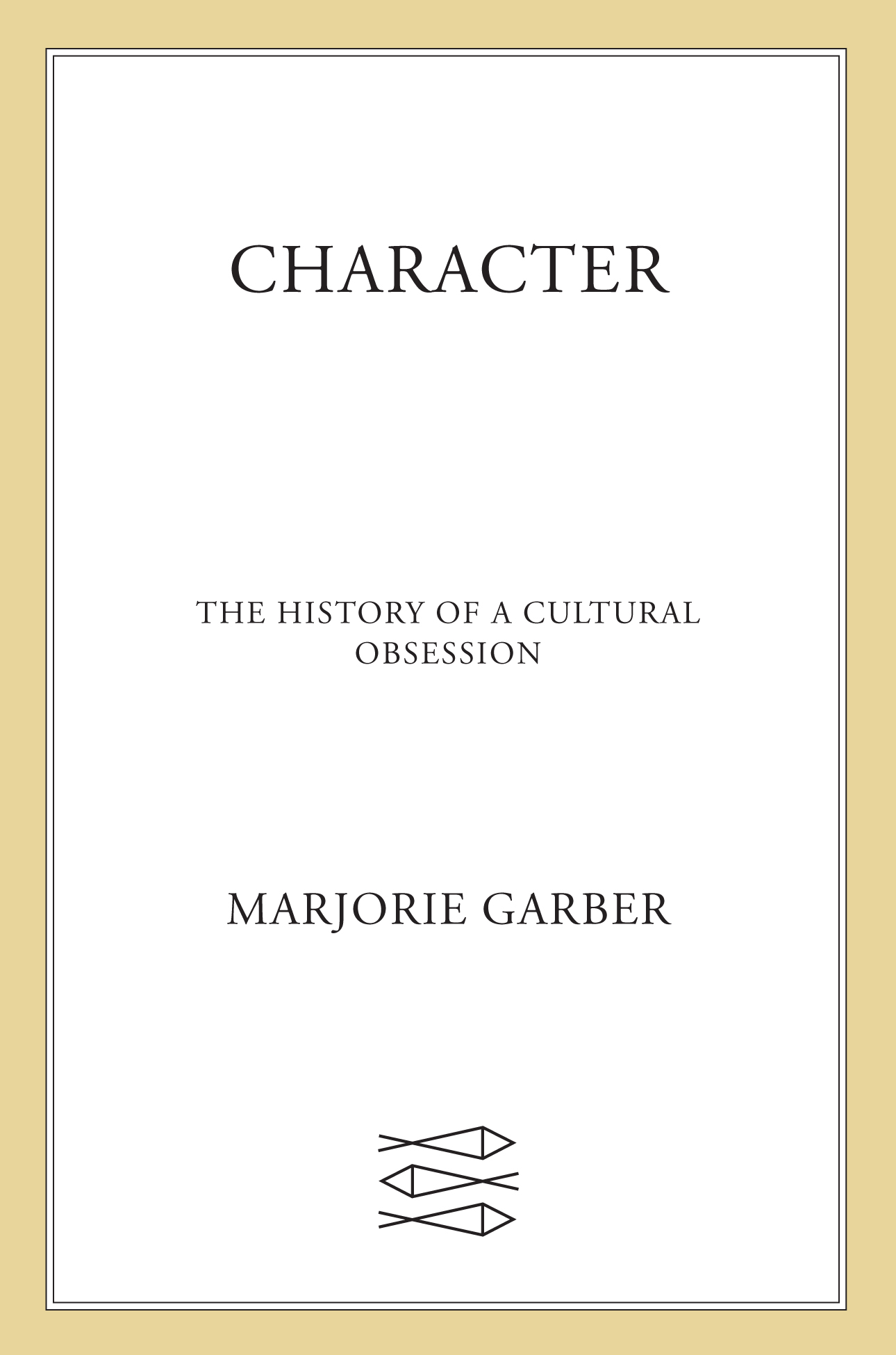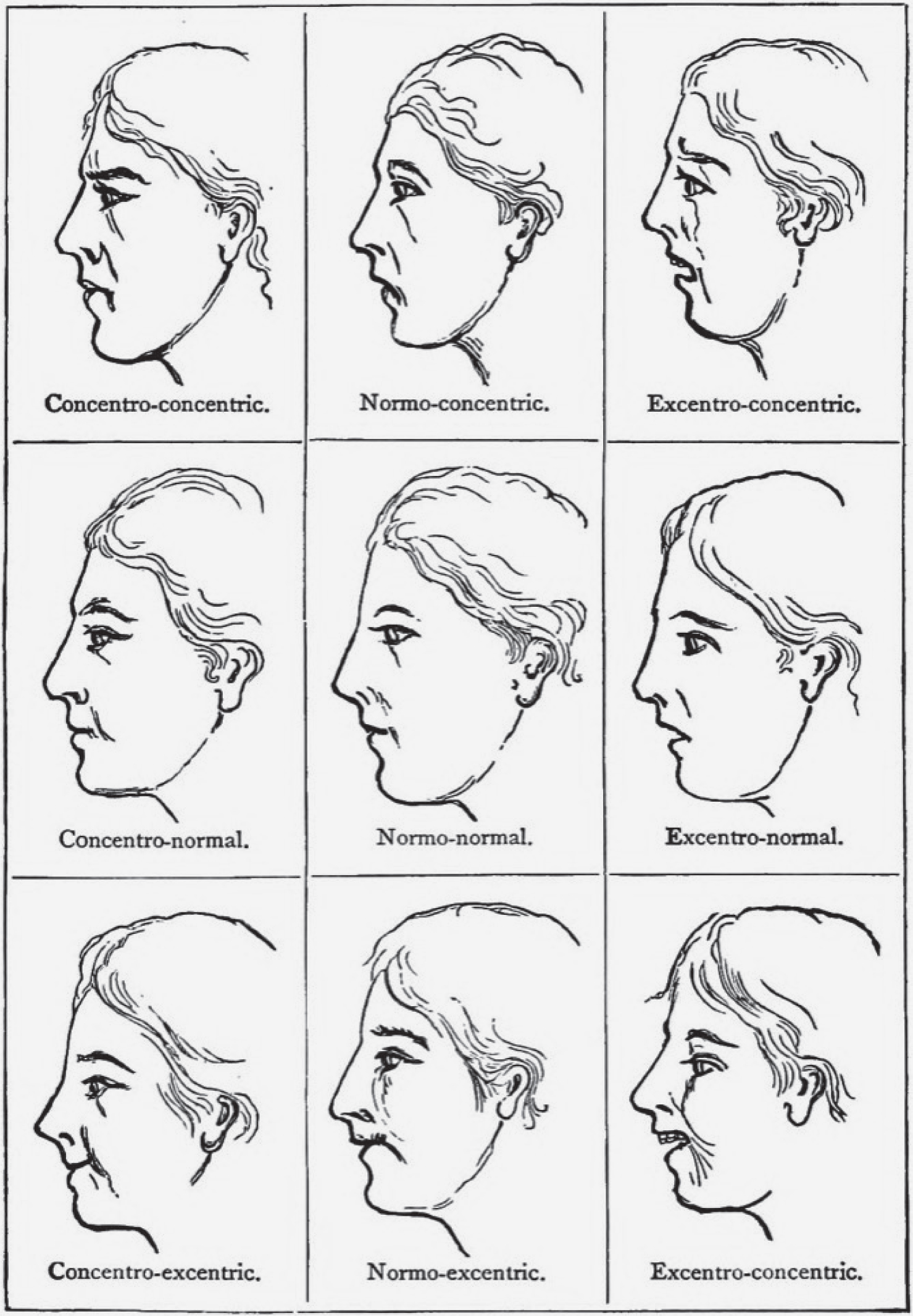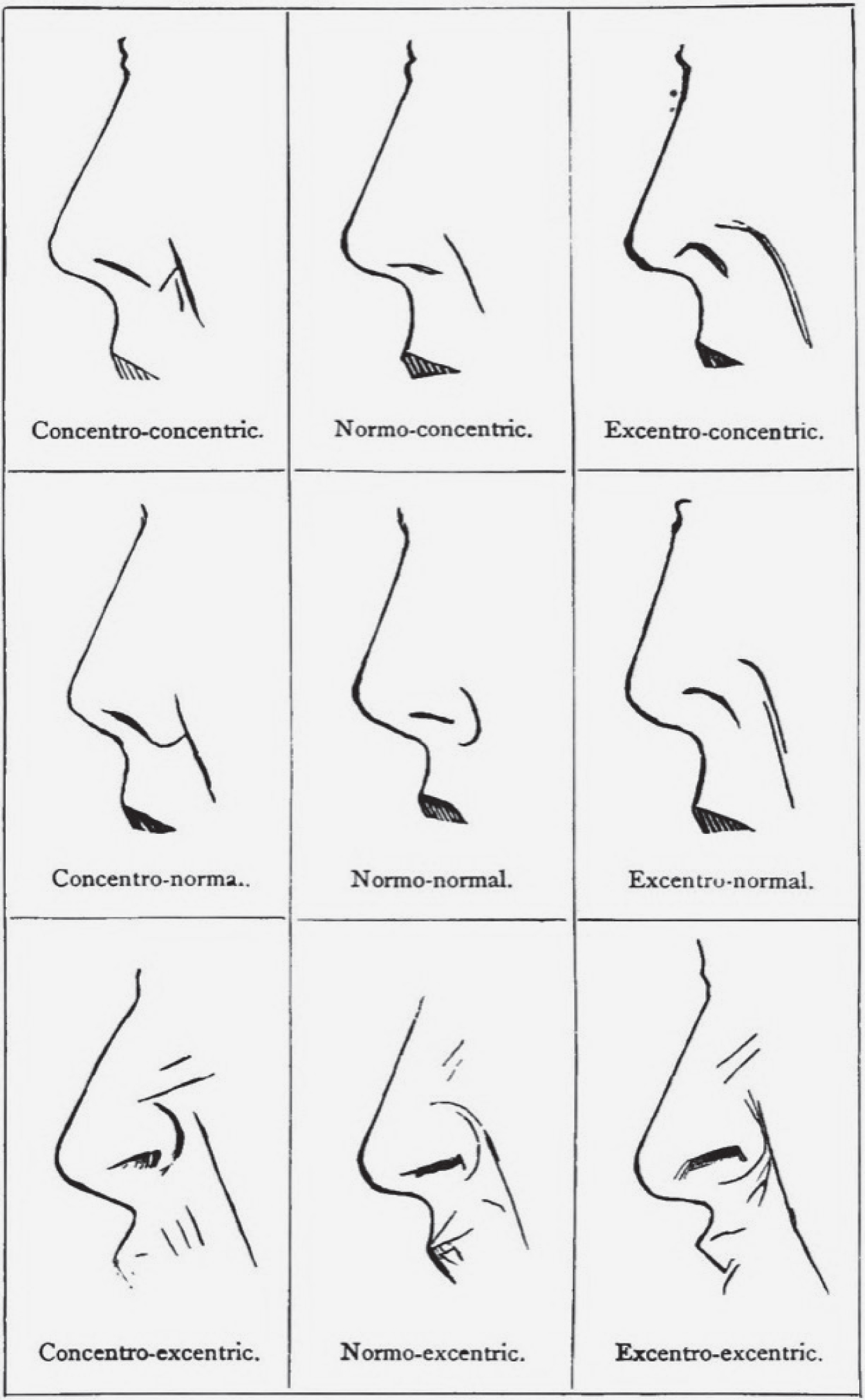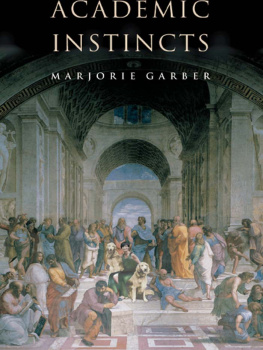Marjorie Garber - Character: The History of a Cultural Obsession
Here you can read online Marjorie Garber - Character: The History of a Cultural Obsession full text of the book (entire story) in english for free. Download pdf and epub, get meaning, cover and reviews about this ebook. year: 2020, publisher: Farrar, Straus and Giroux, genre: Detective and thriller. Description of the work, (preface) as well as reviews are available. Best literature library LitArk.com created for fans of good reading and offers a wide selection of genres:
Romance novel
Science fiction
Adventure
Detective
Science
History
Home and family
Prose
Art
Politics
Computer
Non-fiction
Religion
Business
Children
Humor
Choose a favorite category and find really read worthwhile books. Enjoy immersion in the world of imagination, feel the emotions of the characters or learn something new for yourself, make an fascinating discovery.

- Book:Character: The History of a Cultural Obsession
- Author:
- Publisher:Farrar, Straus and Giroux
- Genre:
- Year:2020
- Rating:5 / 5
- Favourites:Add to favourites
- Your mark:
- 100
- 1
- 2
- 3
- 4
- 5
Character: The History of a Cultural Obsession: summary, description and annotation
We offer to read an annotation, description, summary or preface (depends on what the author of the book "Character: The History of a Cultural Obsession" wrote himself). If you haven't found the necessary information about the book — write in the comments, we will try to find it.
Character: The History of a Cultural Obsession — read online for free the complete book (whole text) full work
Below is the text of the book, divided by pages. System saving the place of the last page read, allows you to conveniently read the book "Character: The History of a Cultural Obsession" online for free, without having to search again every time where you left off. Put a bookmark, and you can go to the page where you finished reading at any time.
Font size:
Interval:
Bookmark:




The author and publisher have provided this e-book to you for your personal use only. You may not make this e-book publicly available in any way. Copyright infringement is against the law. If you believe the copy of this e-book you are reading infringes on the authors copyright, please notify the publisher at: us.macmillanusa.com/piracy.
For Augusta and Rhoda
A person whose desires and impulses are his ownare the expression of his own nature, as it has been developed and modified by his own cultureis said to have a character. One whose desires and impulses are not his own, has no character, no more than a steam-engine has a character.
J. S. MILL, ON LIBERTY
He had clearly thatsomethingwhich is not this quality or that quality, but all sorts of qualities summed up into what one calls character.
VIRGINIA WOOLF, A SKETCH OF THE PAST
Most Women have no Characters at all.
ALEXANDER POPE, EPISTLE TO A LADY
I have character. Thus did my handcrafted wooden desk announce its own desirable imperfection. A printed card enclosed at the time of delivery offered advice to the prospective owner:
The irregularities of hand-planing and scraping will be clearly visible. These features include the wavey feel of the wood surfaces, as well as the occasional nick or ridge There will be variations in the grain and color of the wood. Remember that tiger maple is an abnormal growth pattern of hard or soft maple. Therefore numerous defects are usually present in each board.
By this account, character, in the world of furniture, is a matter of nicks, ridges, and scrapes, as well as of variations and defectsin fact, numerous defects, perhaps the more the bettercaused by abnormal growth patterns. What is prized, and pricey, are the flaws. Too much homogeneity, too unblemished a surface, too normal an appearance would lessen the amount of character, and thus the value of the piece. It was the flaws, in fact, that conferred the character.
We might pause for a moment to reflect on the intended reader of this printed card, with its own artfully antiqued blots and smears. Was the companys concern that a buyer, having chosen a piece with these specific features (the quotation marks are in the original), might, having brought the furniture home, begin to have second thoughts, focusing on the very qualities of handmade-ness, the very irregularities, that make the object unique and interesting? Uniformity of surface, whether achieved in molded plastic or by expensive sanding and smoothing, would yield a very different lookand would in all likelihood have led the purchaser to shop in a very different store. I suppose its possible to see this information, so kindly offered in such detail, as an act either of beneficial education or (alas) of inadvertent condescension. But I admired the desk. And I was intrigued by the way the manufacturer defined character.
What is character? How can it be perceived, measured, assessed, developed, trained, or built? This question goes at least as far back as Aristotle. In every century, philosophers, moralists, artists, and scientists have engaged with the enigma of human character, its manifest expressiveness and its elusive essence. But it has never been more relevant, or more puzzling, than it is today.
Questions about the character of individuals in high placesoften but not always politicians and juristshave become flash points for public discussion. Yet, despite its periodic recurrence and persistent use, character remains one of the least understood of all modern terms.
Over its long history, the concept of character has been an incised mark, a moral idea, a type, a literary persona, a physical or physiological manifestation observable in works of art or in scientific experiments, an ingredient in drama, and the goal of various advocates of self-help. One of the most frequent issues still raised in all categories, national, personal, and fictional, is whether character is fixed or can change. Common phrases like out of character or not in character suggest that a person has an identifiable and readable character. Otherwise the observer could notwhether rightly or wronglydetect an incompatibility between ideal and performance.
To have character (or to be a person of character) is to be ethical and praiseworthyor, as in the case of my desk, to show signs of experience and wear; to be a character is to be singular or eccentric; to have character issues is to fail to meet certain accepted standards for behavior; to be a character type is to cross boundaries across psychology, psychoanalysis, and literature. Neither too technical nor too colloquial, the word character has become a catchall term for a certain aspect of humanand sometimes, by projection, of animalcomportment. Whatever our definition, we often take both character and characters for granted, without thinking of the often contradictory uses to which this richly problematic and fascinating word is put.
Is character innate, learned, taught, or instilled? Are character traits fixed or changeable? Do they depend on heredity, on environment, on parents, teachers, mentors, or life experiences? Why do so many of our contemporary character phrases incline toward the negative (character flaw, character problem, character issue, character assassination)? Perhaps its precisely because we accord a kind of numinous but empty value to having character that it has become so common to note its absence, or its quirky presence. And what is the relationship between character in the ethical or moral sensea category that seems to have replaced the soul or human nature as something that we believe is within usand character in the sense of the personae of fiction and drama, the characters of a novel or a play?
The word character in its oldest usage derives from a word for engraving or stamping, and came quickly to mean the thing engraved or stamped (for example, the characters of the alphabet) as well as the process by which these things came into being. A written character reference became over time shortened simply to a character, so that an employer might say of a worker that he could give him or her a good character, a testimonial to that persons probity and worth. The cemetery grave marker, with its inscription (beloved mother; honored soldier) attested to the character of the dead person with characters incised in stone.
With the digital revolution, the old idea of a character as a distinctive mark or brand has reappeared (think Twitters 140 or 280 characters, or the character recognition capacities of some computer software). Over time, the notion of being engraved or written became associated with what we would now call character traits or dispositions, both on the stage and in social and political life. For a long time, this idea of character as something akin to persona or personality was the dominant one in common usage.
Font size:
Interval:
Bookmark:
Similar books «Character: The History of a Cultural Obsession»
Look at similar books to Character: The History of a Cultural Obsession. We have selected literature similar in name and meaning in the hope of providing readers with more options to find new, interesting, not yet read works.
Discussion, reviews of the book Character: The History of a Cultural Obsession and just readers' own opinions. Leave your comments, write what you think about the work, its meaning or the main characters. Specify what exactly you liked and what you didn't like, and why you think so.






